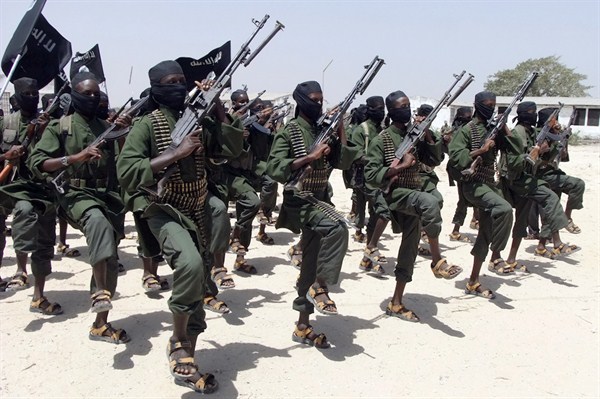More than any other organization, Harakat al-Shabab al-Mujahedeen, widely known as al-Shabab, has left its mark on the recent history of Somalia. Political and radical Islam have a long history in the country, but no group has survived longer than al-Shabab, and no group has emerged stronger from challenges and setbacks.
More than any other actor involved in the two-decade-old Somali conflict, al-Shabab has demonstrated its ability to adapt. Today, the group has emerged from an existential crisis and looks stronger than it has in years. Though al-Shabab is often referred to as simply a “terrorist group,” the term does not accurately describe the range of the group’s activities. As perhaps the most important spoiler on Somalia's way toward peace, al-Shabab's current situation warrants an assessment.
The Growth of a Radical Movement

